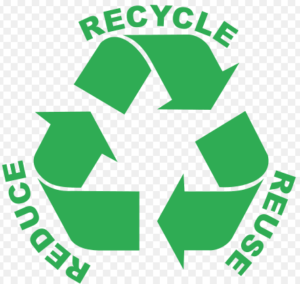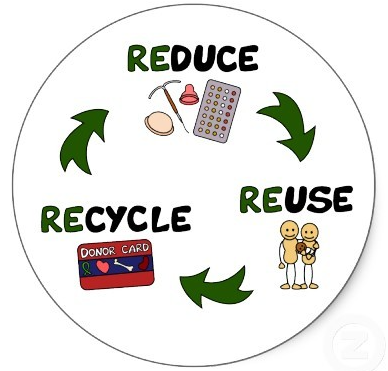In a world facing escalating environmental challenges, the mantra of “reduce, reuse, and recycle” has never been more relevant. This sustainable approach to waste management holds the key to conserving our planet’s precious resources and mitigating the detrimental effects of rampant waste disposal. By reducing our waste generation, reusing items, and recycling materials, we can collectively take significant steps toward a more sustainable and eco-friendly future.
Reducing Waste
One of the most effective ways to address the issue of waste is by reducing its generation at the source. The principle of waste reduction emphasizes the importance of minimizing waste production in the first place. Businesses and individuals alike can make a substantial impact by adopting this approach.
To begin with, businesses can streamline their processes to minimize waste. This involves optimizing production methods, reducing packaging materials, and implementing efficient resource management strategies. By doing so, they not only reduce their environmental footprint but also often save money in the long run.
Similarly, individuals can contribute to waste reduction by making mindful choices in their daily lives. Opting for products with minimal packaging, purchasing in bulk, and avoiding single-use items like plastic bags and water bottles are all simple yet effective ways to reduce waste. These small changes can lead to significant reductions in the amount of trash that ends up in landfills.
Furthermore, educational campaigns and public awareness initiatives play a crucial role in promoting waste reduction. When people understand the environmental consequences of their actions, they are more likely to adopt sustainable practices. Governments and non-profit organizations can facilitate this process by disseminating information about waste reduction and offering incentives for businesses and individuals to adopt eco-friendly practices.
Reusing Items
In our disposable culture, the concept of reusing items often takes a back seat to the convenience of buying new products. However, reusing items is a fundamental pillar of sustainable waste management. It involves extending the lifespan of products and materials, reducing the need for constant production and consumption.
First and foremost, thrift stores and secondhand markets are excellent examples of how items can find new homes and uses. Furniture, clothing, electronics, and other goods can often be repurposed and enjoyed by others. By donating or purchasing used items, individuals can actively participate in the reuse cycle.
Additionally, repairing and refurbishing items can be a valuable practice. Instead of discarding a malfunctioning appliance or electronic device, consider having it repaired. This not only saves money but also reduces the demand for new resources required for manufacturing replacements.
Moreover, businesses can adopt circular economy models that prioritize the reuse of materials. For instance, some companies have started offering refurbished electronic devices or using reclaimed materials in their production processes. These initiatives not only reduce waste but also promote innovation and sustainability in the business world.

Material Recycling
Recycling is a well-established method for managing waste and conserving resources. It involves the collection and processing of materials such as paper, glass, plastic, and metal to create new products. Recycling diverts materials from landfills and reduces the need for raw material extraction.
To illustrate, when paper is recycled, it can be used to create new paper products, reducing the need to cut down additional trees. Similarly, recycling aluminum cans saves energy and reduces greenhouse gas emissions compared to producing new cans from bauxite ore.
Furthermore, communities and municipalities can promote recycling through convenient and accessible recycling programs. Providing curbside recycling collection, drop-off centers, and educational materials can encourage residents to participate in recycling efforts.
Additionally, advancements in technology have made recycling more efficient and environmentally friendly. Innovations in sorting and processing equipment enable the recovery of a wider range of materials, making recycling even more effective in diverting waste from landfills. Visit slots online and make extra cash online.
Conclusion
In conclusion, the principles of reducing, reusing, and recycling waste are essential components of sustainable waste management. By reducing waste generation, we can minimize the environmental impact of production and consumption. Reusing items extends the lifespan of products and materials, reducing the demand for new resources. Recycling diverts materials from landfills and conserves valuable resources.



